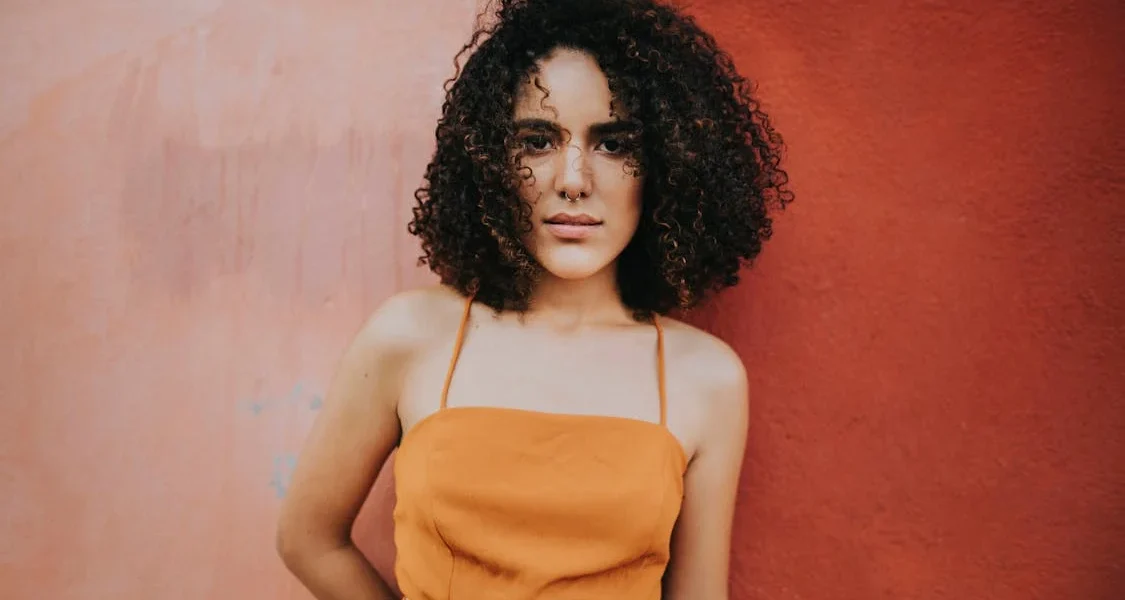From the autumn/winter of 2017 to the spring/summer of 2021, the fashion industry experienced a period of profound shifts, both stylistically and culturally. Across these four years, designers responded to global movements, environmental concerns, and a growing digital influence that shaped each season’s trends. Let’s dive into the pivotal trends and influential collections that marked FW2017 through SS2021, tracing how the period’s evolving aesthetics continue to inspire fashion.
FW2017: Heritage and Subversion
Trend Highlights: Fall/Winter 2017 brought back the nostalgia of vintage heritage while embracing subtle rebellious notes. Key items like trench coats, tweed, and houndstooth became runway staples, drawing from timeless British heritage elements. However, these pieces were often paired with unconventional details, challenging the traditional styling of heritage fashion.
Notable Collections:
- Gucci: Alessandro Michele delivered a maximalist collection filled with 70s references, embroidered details, and rich textures. His approach to vintage-inspired fashion reimagined the “retro” in a way that felt fresh and eccentric.
- Balenciaga: Demna Gvasalia continued to blend streetwear with high fashion, showcasing oversized silhouettes, especially in coats, that became defining features of the season. The distorted yet cozy approach to fashion introduced a new way of layering oversized clothing.
Influence on Later Seasons: FW2017’s embrace of maximalism and heritage elements set a foundation for bolder, layered aesthetics that designers continued to experiment with. It also fostered a growing appreciation for upcycled fashion, paving the way for more sustainable practices.
SS2018: Bright Colors and High Drama
Trend Highlights: Spring/Summer 2018 embraced a fearless approach to color. Vibrant neons, electric blues, and bold reds dominated the runway. This season also witnessed a significant focus on gender fluidity, with unisex pieces and looser silhouettes, allowing freedom of expression through fabric and form.
Notable Collections:
- Versace: Paying homage to Gianni Versace, Donatella Versace’s collection was a celebration of bright, joyful colors and bold patterns, reintroducing the brand’s iconic prints.
- Prada: Miuccia Prada’s comic-inspired prints and futuristic silhouettes redefined feminine strength. Her pieces included graphic designs and bold cutouts, giving the collection a rebellious edge.
Impact: SS2018’s embrace of fearless colors and unisex pieces resonated across subsequent seasons, with bold patterns, playful details, and color experimentation becoming mainstays in collections through 2021.
FW2018: The Reign of Outerwear and Logos
Trend Highlights: Fall/Winter 2018 was dominated by oversized outerwear, especially puffed jackets, trench coats, and tailored blazers. Alongside these pieces, logos re-emerged in high fashion, with brand insignias prominently displayed on bags, t-shirts, and outerwear. The “logomania” trend that had its heyday in the 90s made a powerful comeback.
Notable Collections:
- Louis Vuitton: Virgil Abloh debuted his first collection as Men’s Artistic Director, mixing streetwear elements with classic tailoring and highlighting logo-infused designs that quickly became cultural staples.
- Burberry: Riccardo Tisci’s reinvention of Burberry’s classic check with a new monogram and logo marked a shift, appealing to both younger and traditional audiences.
Influence on Streetwear and Branding: FW2018 strengthened the crossover between streetwear and high fashion, normalizing logos as an expression of cultural status and fashion affiliation. The impact of logo-mania became a defining element of urban fashion for years to come.
SS2019: Sustainability and Minimalism
Trend Highlights: Spring/Summer 2019 focused on sustainability, as brands turned to eco-friendly materials, sustainable practices, and minimalist silhouettes. Neutral tones, earthy textures, and simple designs became defining features, reflecting a mindful shift in consumer consciousness and awareness of environmental impact.
Notable Collections:
- Stella McCartney: Known for her commitment to sustainable fashion, McCartney showcased organic cotton, vegan leather, and recycled materials, setting a high standard for sustainability in luxury fashion.
- Gabriela Hearst: Her collection focused on natural hues and timeless silhouettes, emphasizing investment in quality pieces over fast fashion.
Impact on Eco-Friendly Practices: SS2019 set the stage for eco-consciousness, influencing brands globally to rethink their production methods. Minimalist and sustainable fashion quickly became not just a trend but a fundamental industry shift.
FW2019: Neo-Tailoring and Unconventional Textures
Trend Highlights: Fall/Winter 2019 embraced neo-tailoring with boxy, asymmetrical cuts, and experimental textures like leather, wool blends, and neoprene. Layered and oversized, these pieces marked a shift towards comfort while maintaining a refined silhouette. Suiting became versatile, with unconventional materials creating a fresh take on classic styles.
Notable Collections:
- Bottega Veneta: Under Daniel Lee, Bottega Veneta showcased leather in innovative forms and colors. His “Pouch” bag became an instant classic, solidifying his role in revamping Bottega Veneta’s modern luxury aesthetic.
- Alexander McQueen: Sarah Burton’s collection focused on exquisite tailoring with a gothic twist, using leather and intricate detailing to convey both strength and elegance.
Impact on Tailoring and Textures: FW2019 redefined tailoring by emphasizing comfort and functionality without sacrificing elegance, influencing workwear and everyday fashion to be more adaptable and less rigid.
SS2020: Fluidity, Nature-Inspired Prints, and Digital Influence
Trend Highlights: Spring/Summer 2020 embraced flowy, relaxed silhouettes, with nature-inspired prints, floral motifs, and soft pastels taking center stage. Digital influence began to play a more significant role in fashion marketing and presentation due to the pandemic’s impact, with brands leveraging virtual shows and online campaigns.
Notable Collections:
- Jacquemus: Simon Porte Jacquemus’ show in lavender fields with flowy dresses and oversized hats became iconic, embodying the season’s carefree, nature-inspired vibe.
- Loewe: Jonathan Anderson’s romantic designs with airy, light fabrics and floral prints became a staple of the season, combining comfort with timeless elegance.
Impact on Virtual Shows and Casualwear: SS2020 was a precursor to the digital era of fashion shows, and it highlighted the importance of comfortable, nature-inspired fashion, as casualwear and comfort became paramount during lockdown periods.
FW2020 and SS2021: Resilience, Comfort, and the Future
With the onset of the COVID-19 pandemic, fashion in Fall/Winter 2020 and Spring/Summer 2021 reflected a need for comfort and resilience. Loungewear and athleisure dominated the landscape as people spent more time at home. High fashion adapted by blending comfort with sophistication in pieces that could transition from home to outdoor settings.
Trend Highlights: Athleisure, oversized knitwear, and soft textiles such as cashmere became season-defining staples. Designers also embraced digital platforms, with many choosing virtual runway shows, ushering in an era of digital-first fashion.
Notable Collections:
- Chanel: The FW2020 collection was a fusion of cozy knits and tailored jackets, blending the elegance Chanel is known for with a new sense of everyday practicality.
- Balenciaga: Known for bold silhouettes, Balenciaga shifted its focus to create a balance between comfort and structure, featuring looser styles and versatile designs.
Future Implications: The pandemic-driven emphasis on practicality and comfort led to significant changes in consumer expectations. Digital shows and e-commerce gained prominence, marking a lasting shift in how fashion is consumed and experienced.
Conclusion: FW2017 to SS2021 in Retrospect
From bold colors to sustainability and finally to comfort-driven designs, the FW2017-SS2021 period showcased fashion’s adaptability. The lessons from these seasons resonate today as brands prioritize eco-consciousness, digitalization, and multifunctional pieces that meet the evolving needs of consumers. Looking back, this period was a transformative time for the fashion industry, shaping trends that continue to influence today’s style narratives.




